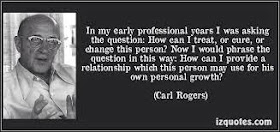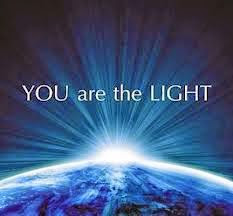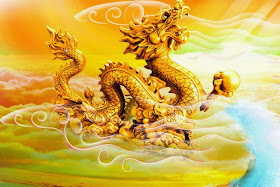I’m cold! How often have you said this, or heard it from someone else? Actually cold is a relative term. It only means an absence of heat. What’s cold for you may not be cold for me because we function quite comfortably at different levels of heat. It’s a term without any substantial substance. The solution to being cold is to turn up the heat.
From a Christian context, sin means “missing the mark.” It’s also a word without any essential substance. Like cold being the absence of heat, sin is the absence of love. By acting out of love’s absence, we do some pretty terrible things to ourselves, to others, and to the world. The purpose of our prison system is to rehabilitate a person so that they may operate in society in a more appropriate manner; or in a more loving manner. It’s a process that takes a long time and often fails to work at all.
But still, the solution to sin is the same as the solution for cold. We must turn up the love.
For most of us, turning up the heat is easy. We adjust the thermostat on the wall. Not so with turning up love.
I'm impressed with a study by Dr. Carl Rogers who speaks about the development of our personalities by moving beyond the responses we have been developed from our past-life experiences. He says that deep down in each of us lies the "innermost self," the core of our personality which is basically healthy, positive, society-oriented and loving. By plunging down into this innermost area in silence, we make contact with an inner healer. But as long as we live superficially on the surface, with its noise and fragmentation, we will not know the wholeness we were meant to enjoy.
Over the last twenty years, I've made a yearly five to seven day retreat. I have the many journals of these times to remind me of the changes that I experienced during these periods of quiet recollection. Upon arriving on a Friday afternoon, my normal underlying feeling is: Do I have time for this now with all I have to do? By Sunday evening, I have slowed down to the point where I am moving at a similar pace with others, and connecting with them in a more purposeful way. Relationships are being formed; openness is developing as defense mechanisms drop and sharing begins at the deeper level of self. As the days go on, windows and doors begin to open to a deeper reality within, and I realize that the old “normal” is gone, and a new more wholesome “normal" has come in its place. The difficulty comes after the conclusion of the retreat when you return to the world that has not changed. Very quickly, the new “normal” disappears, and the old “normal” reasserts itself, often to the point where you even forget the experience of the retreat. So what is happening here?
The time of recollection has caused a settling of the storehouse of past impressions, imprints, the reservoir of memories, injunctions, unresolved issues, repressed habits, drives and concepts of the “Chitta” and “Ahankara” levels of consciousness, but they have not been disbanded. During the time of recollection, we have opened the doors to a new normal, a new reality, the one which I believe we are called to live, but it cannot be sustained as we return to our customary way of life. The waters that had become settled and clear are again stirred and the silt rising from the bottom is again blurring our ability to see.
How can we get rid of the silt? I believe the unexpected rise of Kundalini during an extensive retreat for me facilitated doing just that.
Kundalini is often described as an evolutionary process within the human metabolism, an energy lying at the base of the spine, often associated with sexual energy, which, when released, rehabilitates the subtle body system. It brought about, and continues to bring about, change in a much more efficient manner than conventional psychological approaches. Constructs of conditional thinking, boundaries of indoctrination built-up over a life time dissolved under its influence. Most of these constructs and boundaries existed as impediments to loving properly. They cause us to miss the mark in ways that we may not even be conscious of. I have referred to this process in previous postings as the renovation and restoration process of kundalini as it makes its way through the various layers of the subtle body system, removing and modifying anything in its path that hinders growth and well-being.
It is futile to try to change or cure another to bring them to a heightened sense of love for themselves and others. To provide a loving relationship, which the other may use for their own personal growth, helps them heighten their ability to love (to turn up the love). But to provide such a loving relationship, we ourselves must be free of the silt that exists in our own lives.
Doesn't the rising Kundalini help us to become that instrument of healing for ourselves and others by removing this silt and bringing wholeness?
To describe the indescribable, don't our scriptures — no matter the source — use their own choice of language, symbols, and images to explain the effects and movements of Kundalini as best they can?














